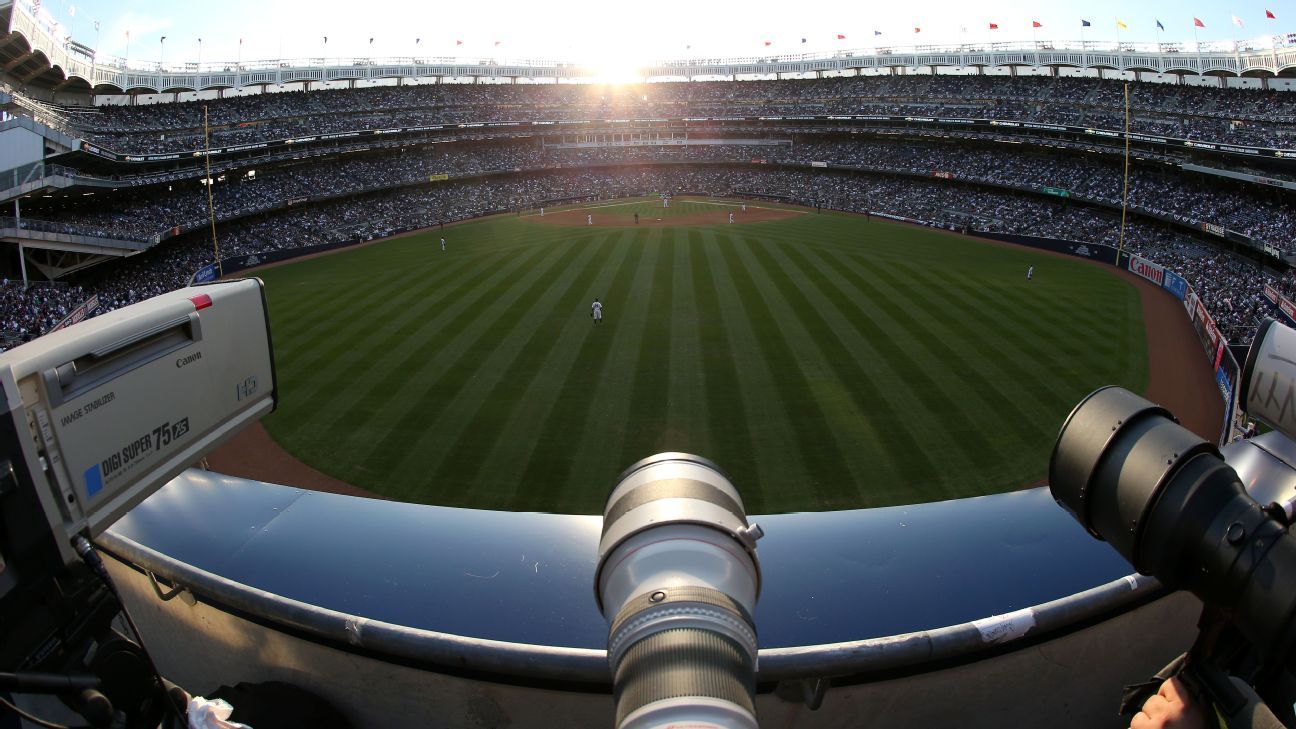On Tuesday, a 2017 letter that details an investigation into an alleged sign-stealing effort by the New York Yankees was revealed for the first time. While its contents are not nearly as damning as the revelations about what the Houston Astros did five years ago, the Yankees did spend more than two years fighting the release of the letter in court.
So where did this letter come from? What does it mean exactly? What did the Yankees actually do? Will there be any further repercussions? What should fans — Yankees supporters and haters alike — take away from it?
We break it down.
What does the letter reveal about the Yankees’ sign-stealing practices, if anything? Are any players or coaches named?
Nothing we didn’t already know — other than the previously undisclosed amount the Yankees were fined by the league in 2017: $100,000 (in the letter, the league said the money would be used for Hurricane Irma relief).
While no coaches or players can be identified in the leaked letter, there are redactions in several places, including an admission of relaying real-time information from the replay room to the Yankees’ dugout, both physically and via telephone. (Sources tell ESPN that then-pitching coach Larry Rothschild improperly used the dugout phone to call the replay room.)
How does what the Yankees did compare to other teams who have been involved in sign-stealing over the past several years, particularly the Astros?
The Yankees are alleged to have used the video feed that was originally installed for instant replay review to try to decipher pitch-signal sequences of opposing catchers, ferrying that information to baserunners who might have an opportunity to interpret signs for hitters. This is similar to the way teams have stolen signs for decades, with the added element of technology. Using the replay room to do so was common in baseball at the time the Yankees were reportedly doing it, according to players and staff at multiple clubs. The letter, from MLB commissioner Rob Manfred to Yankees GM Brian Cashman, did not suggest that the team used the video feed in the way that the Astros were later found to have done — immediate, real-time conveyance of pitch sign information to the hitter, through the use of trash-can banging.
Why did the letter take so long to be released? Why was it sealed in the first place?
The letter — sent privately in 2017 and separate from Manfred’s public statements about the investigation — was filed under seal in Olson vs. MLB, a case in which daily fantasy sports contestants argued MLB fraudulently misled consumers who would have placed bets differently had they known teams were cheating. While the Yankees and MLB tried to prevent the letter from surfacing, the court ruled that it be made public.
The fate of the letter, however, was stuck in the court system while the Yankees appealed. The Yankees expressed concern about the letter’s release, arguing it could cause “significant and irreparable reputational harm,” while MLB attorneys argued the letter could “cause potential embarrassment.”
What does this mean for the Yankees or other MLB teams going forward?
Nothing. The Yankees were disciplined over this matter in 2017, and subsequently, Manfred — who, on this issue, had been like a parent constantly warning and threatening his kids over transgressions — more forcefully (and finally) cracked down on sign-stealing.
What should fans take away from this letter?
That the intrigue over the Yankees’ desire to keep the letter out of public view turned out to be more titillating than the actual rule-breaking MLB presented in its investigation.
